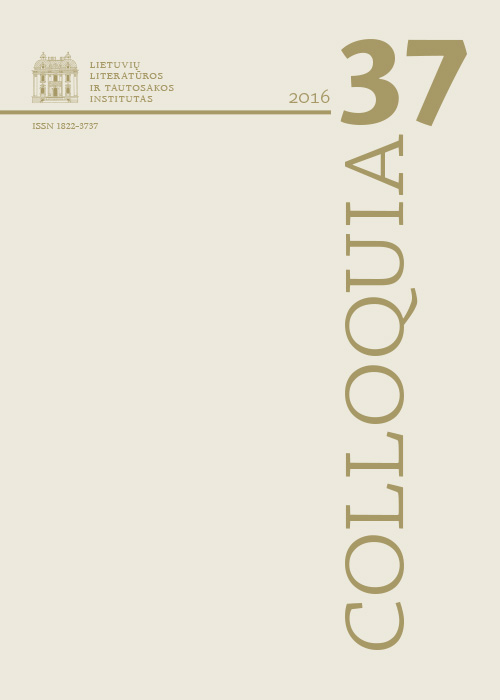Communication Models in Twentieth Century (Interwar) Lithuanian Children’s Periodicals: Children’s Literary Awards
Abstract
This article presents the first study of the reception of children’s literature contests (organised by the Lithuanian Red Cross in 1933–1939) and their winning entries in the Lithuanian children’s periodicals Žiburėlis (Flicker), Saulutė (Little Sun), Kregždutė (Little Swallow), Žvaigždutė (Little Star), and Vyturys (Skylark). With this study the author attempts to determine the role played by these periodicals in establishing the tradition of awards for children’s literature and in strengthening the status of children’s authors. In the article she examines which institutional and addressee communication models were created and what determined their choice.
The study draws on the theoretical approach of sociology of literature (Pierre Bourdieu), institutional (Denis McQuail) and narrative communications (Seymour Chatman) schemes, and specific theoretical aspects of children’s literature (Emer O’Sullivan).
The first to participate in the children’s literature discourse was the magazine Žiburėlis, published by the Lithuanian Red Cross. The magazine established an especially close correlative contact with its addressee – the child. The magazines Žvaigždutė and Vyturys became involved in this process to a much lesser degree – the communication they created balanced between neutral informing and correlative mediation. These periodicals manipulated the discourse about contests – by emphasizing their relationships with the award-winning writers they increased their symbolic capital. The other magazines did not enter the discourse around contests. The article also touches on the question of international communication by discussing the reception of children’s literature in the Latvian press.
